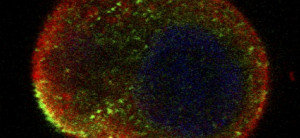Neurotoxic activity of ureases and derived peptides
Project Coordinator: Célia Regina R. S. Carlini, PhD
Summary of Work: ureases are enzymes produced by plants, bacteria and fungi that hydrolyze urea in ammonia and CO2. In addition to being toxic because they generate ammonia, ureases have other biological properties independent of enzymatic action, such as pro-inflammatory activity and neurotoxicity. Plant ureases have biotechnological potential as bioinsecticides, and insects are good models for studying the neurotoxic action of these proteins. Ureases are recognized virulence factors of microorganisms pathogenic to man and animals. However, the contribution of neurotoxic and proinflammatory activity of microbial and fungal ureases to the diseases caused by these microorganisms has not yet been clarified.
Objectives: 1) Study the neurotoxic and pro-inflammatory activity of ureases from different organisms; 2) implement methodologies for neurotoxicity studies using insect models; 3) to evaluate the contribution of ureases as virulence factors of pathogenic microorganisms, especially Helicobacter pylori and Proteus mirabilis; and yeasts from the Cryptococcus complex.
Research areas involved: Biochemistry, Biophysics, Cell Biology, Molecular Biology, Neurosciences, Cell Signaling
Funding entity: Capes Ed. Toxinologia 2010; CNPq - Universal 2012
On the Laneurotox website, you can find out more about this and other research in the field of neurotoxins.
Check the publications on the topic:



